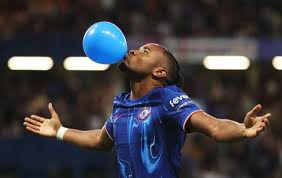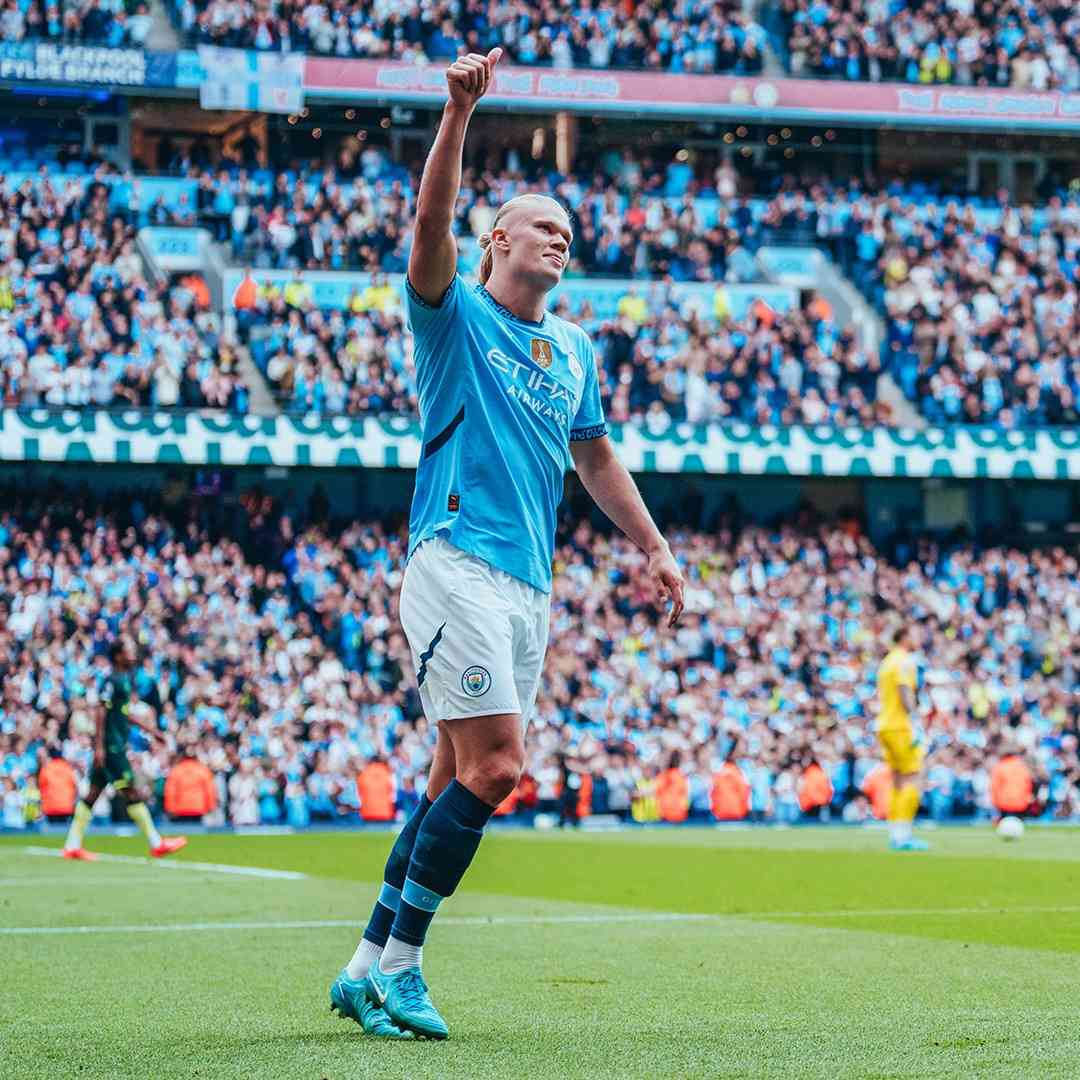Part 1 : The Economics of a Football Club
How the Money Comes In and Where It Really Goes

No one likes to think of football as business, but that’s exactly what keeps it alive. Beneath the emotion, every club is an operation. Budgets, deals, and strategies work quietly behind the noise. The goals and trophies get the headlines, but money shapes almost everything that leads to them.
Modern clubs don’t just play, they plan. Every transfer, sponsorship, and TV deal links back to how they grow and survive. Some chase global expansion, others focus on balance and stability, but the aim is the same, to keep winning, on and off the pitch. It’s not romantic, but it’s real. The game still belongs to the fans, yet it’s powered by numbers.
A football club’s income comes from a few core streams, some steady, some unpredictable. Broadcasting is the biggest. Each league alongside UEFA deals pumps billions into clubs each season, making TV rights the most important source of income for clubs.
Next is Matchday revenue, in the form of ticket sales, hospitality, merchandise, food, and memberships. Clubs with larger stadiums like United or Madrid earn far more simply because they can fit more fans inside.
Then come commercial deals, which have exploded in recent years. Shirt sponsors, kit manufacturers, and global brand tie-ins don’t just fund clubs, they build their image. Jersey sales, in particular, are a huge piece of that. A single high-profile signing can spike sales worldwide. When Madrid signed Ronaldo, or Messi joined PSG and more recently when Madrid and Barcelona gave the number 10 jersey to Kylian Mbappe and Lamine Yamal, their shirts flew off shelves faster than tickets. Clubs now see jerseys not just as kits, but as marketing tools, wearable symbols of loyalty that keep cash flowing long after matchday ends.
Prize money from league finishes and continental runs adds short-term boosts. And finally, player sales. Clubs like Dortmund, Benfica, and Brighton have turned talent development into a business model, selling stars to fund sustainability.
Running a football club isn’t cheap. Most of the money a club earns gets funnelled back into keeping the team competitive. At the top, player wages and transfer fees dominate the budget. Paying star players is necessary, but overspending can sink a club, especially if success doesn’t follow. Clubs have to strike a balance between rewarding talent and staying financially responsible.
Managerial and staff salaries are another major cost. Head coaches, assistants, analysts, physiotherapists, and scouts are all essential for performance, yet their salaries often go unnoticed by fans. Even behind-the-scenes staff can run into millions each year.
Stadiums are also expensive to operate, they make the clubs money but they also cost the clubs in terms of maintenance, security, cleaning, staffing on matchdays, and other utilities. The bigger the stadium, the more expensive it is to maintain. Clubs investing in new stadiums or expansions face huge upfront costs, but these are long-term revenue drivers. Upgrading facilities like VIP boxes and hospitality suites as well as bettering fan experiences can significantly boost income if done right.
Academy systems and youth development are another area where clubs spend heavily. Developing talent internally is cheaper than buying expensive stars, but it requires patience and investment. Then there are agent fees and image rights, which can reach tens of millions at elite clubs. Every financial decision has a ripple effect, if a club constantly overspends in one area, the rest of the club suffers.
When it comes to transfers, the club is taking both a sporting and financial gamble. Buying the wrong player can be a career-ending mistake for a club’s budget, while a smart signing can pay off on the pitch and in the bank. Clubs increasingly treat players as assets, their value can rise or fall depending on performance, age, and market demand.
Some clubs make transfers a core part of their financial model. Porto, Ajax, and Brighton buy promising players, develop them, and sell for profit. Loan strategies and resale clauses can further increase returns. Every big signing is amortised across multiple years, which spreads the cost and helps clubs meet Financial Fair Play rules.
Transfers are more than just the fees. Clubs weigh wages, signing bonuses, and agent commissions. Even if a deal looks cheap on paper, these hidden costs can inflate the total spend. The key for any club is smart recruitment, a few well-chosen players can lift the team and the balance sheet simultaneously. Poor decisions, on the other hand, create long-term financial drag and reduce flexibility for future windows. Barcelona is the clearest example of this. Years of reckless spending on marquee names like Coutinho, Dembele and Griezmann, all of which were signed for a combined 360 million Euros and sold for a combined 60 million Euros after all failed to click at the club, as well as inflated wages and poor contract management, pushed the club to the edge of financial collapse. Their transfer approach became driven by short-term pressure rather than strategic planning, leading to a bloated wage bill and limited room to manoeuvre under Financial Fair Play rules.








